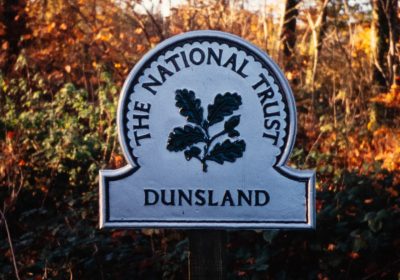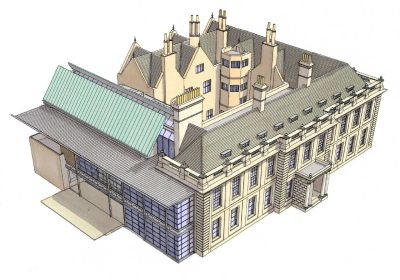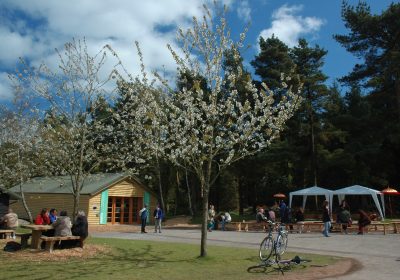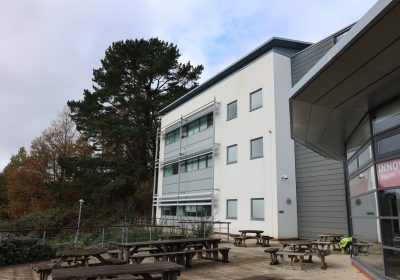Locations
The Search for a Base
In the autumn of 1995, encouraged by the opportunities offered by Arts Council England’s Arts Capital Fund from the proceeds of the National Lottery, the search began for a location in Devon in which to establish CCANW.
Our Regional Arts Association (it was a Regional Arts Board at this stage), South West Arts (SWA) announced that funds distributed to the capital needs of the arts could benefit ‘landmark developments’ where new things were a matter of ‘unexpected inspiration rather than strategy’. Arts Council England (ACE), of course, determined how capital funds were spent and made funding decisions.
The challenge was to find a location that best fitted the concept, had good accessibility and the greatest potential of being viable. Devon, where Jill and I had moved in 1997, was chosen because it faced challenges that both town and country typically face in their relationships with the natural world. Following my time at Corsham and Bristol, I had been a regular visitor there during my time cataloguing the work of sculptor Peter Randall-Page; a long-time supporter of the CCANW project.
In the following chapters, one can follow our attempts to establish CCANW on the Dunsland Estate in North Devon 1996-7 and Poltimore House just outside Exeter 1998-2003. Its successful programme delivered in Haldon Forest Park 2004-13 takes up the larger part of the Archive, before moves to the Innovation Centre at the University of Exeter 2013-15 and the Dartington Estate 2015-20.
All locations were very different and brought different challenges, but they all depended on working with partners; the National Trust, Forestry Commission, University of Exeter, Dartington Hall Trust and art.earth, and were chiefly reliant on funding from SWA and subsequently ACE.





